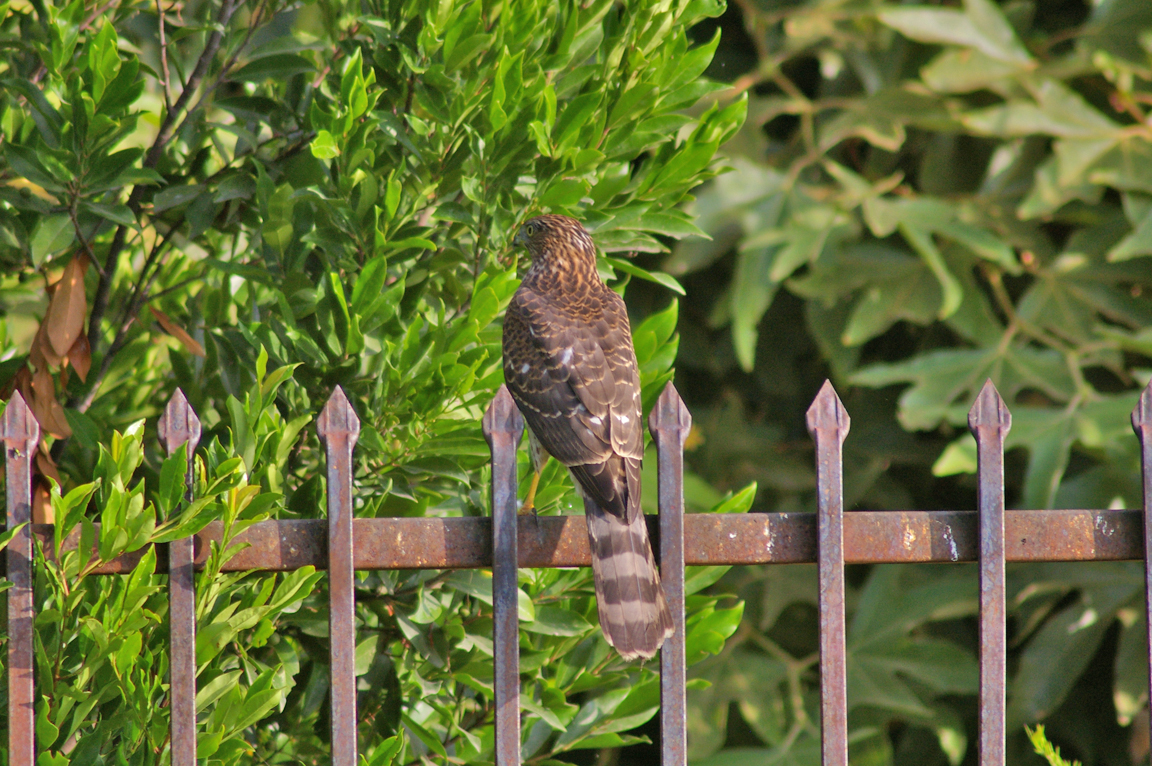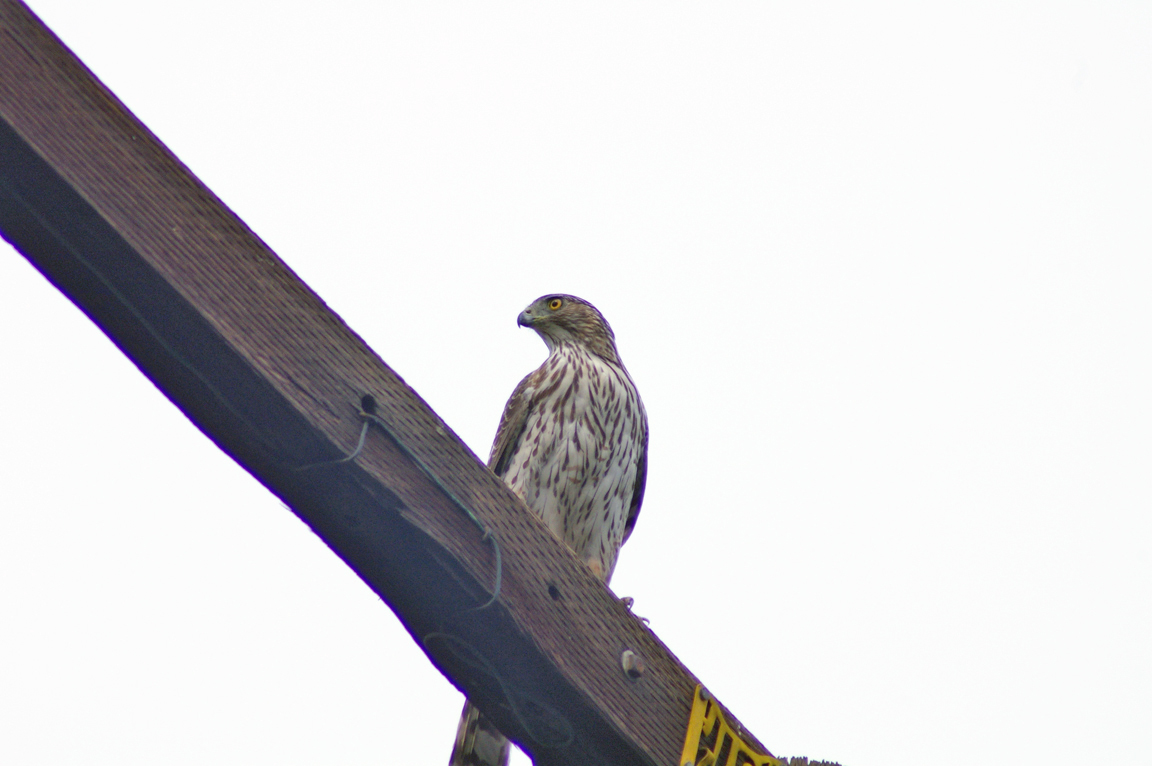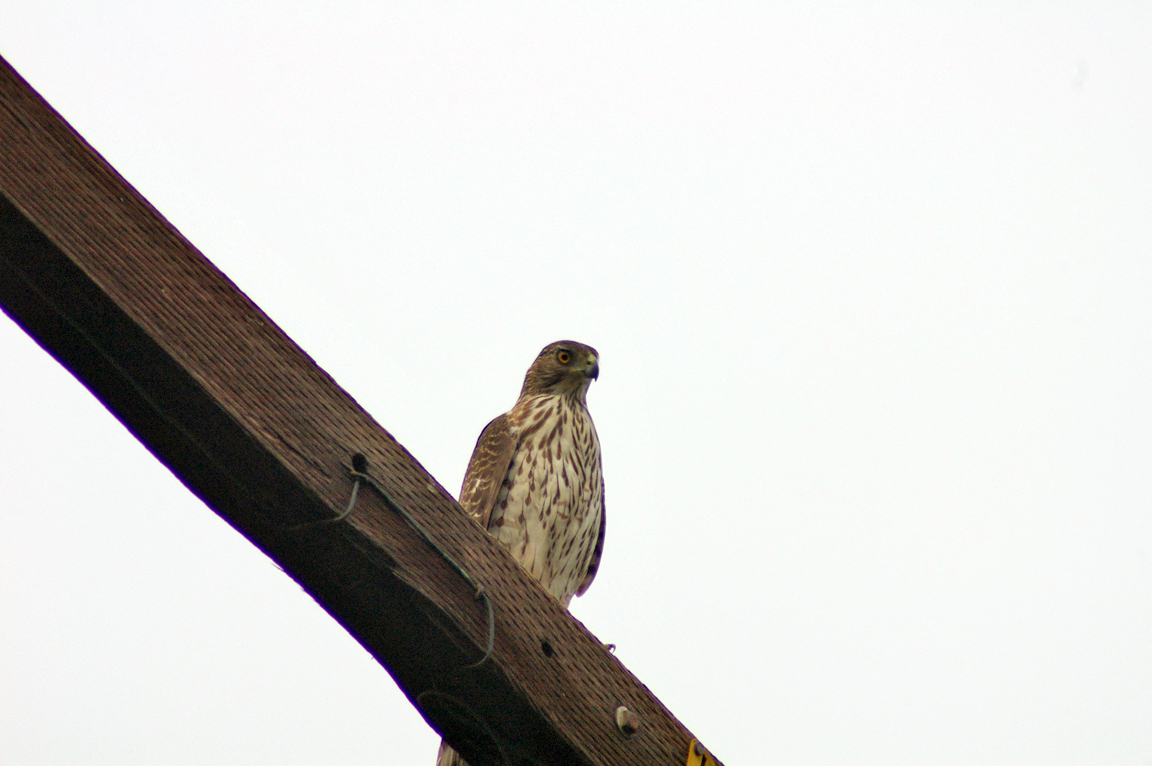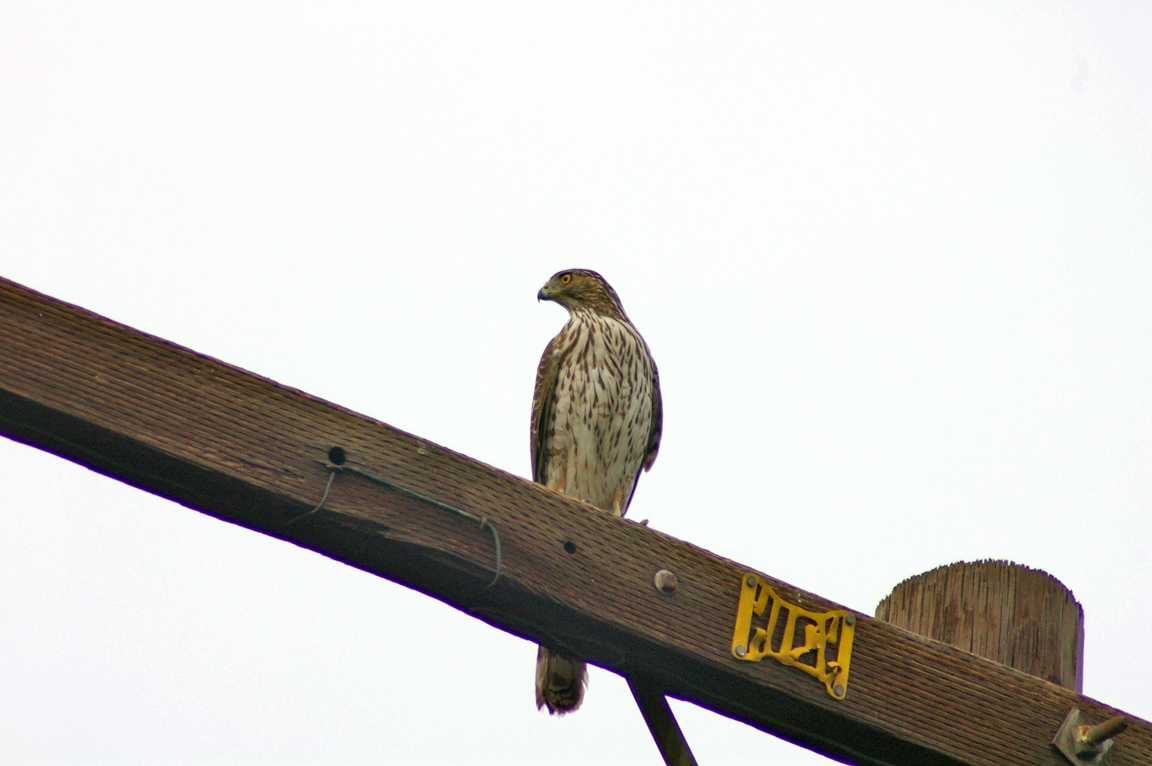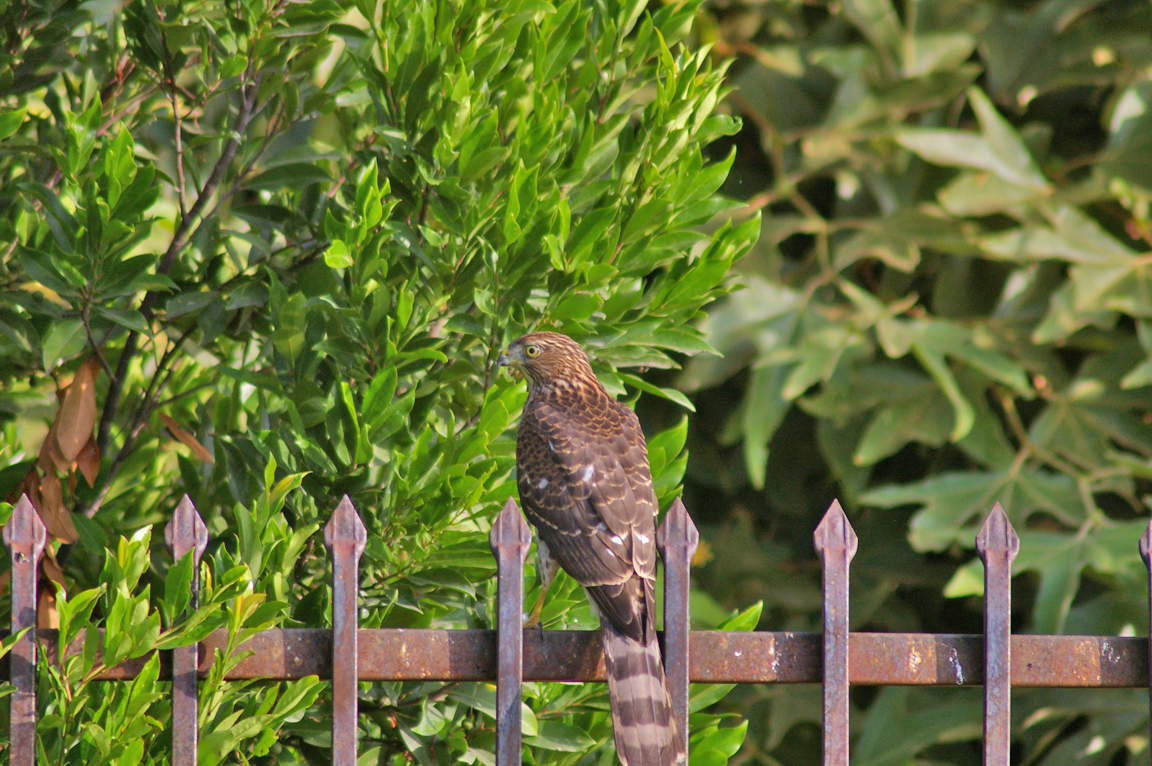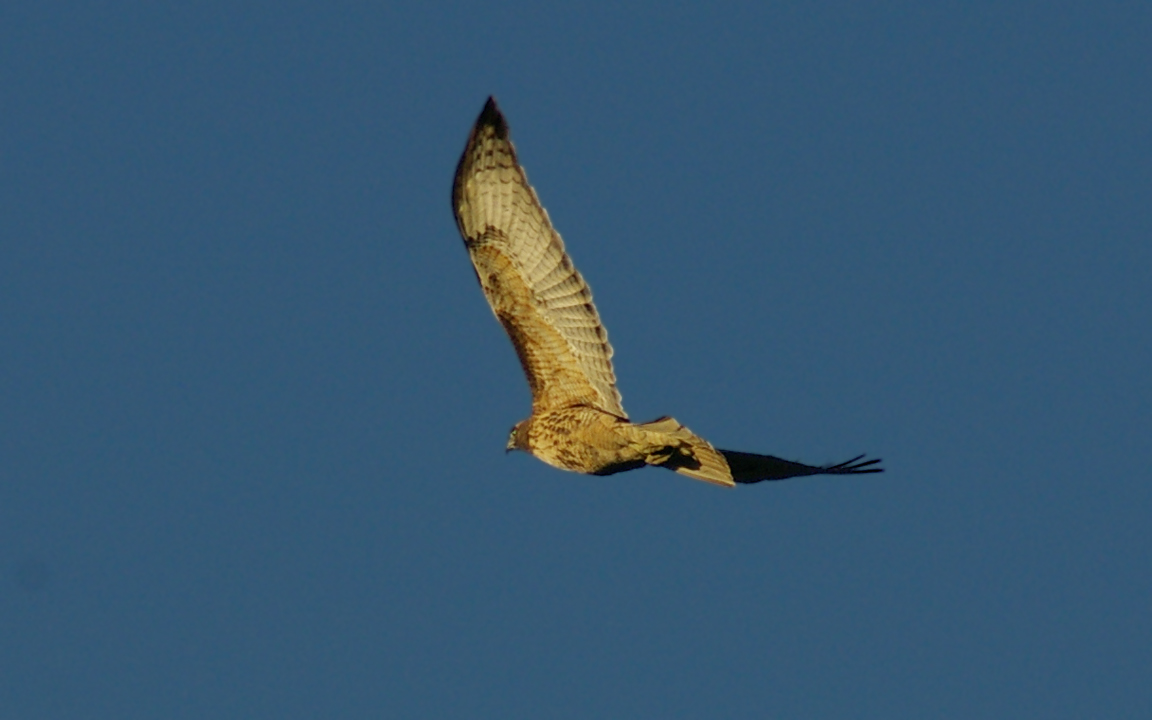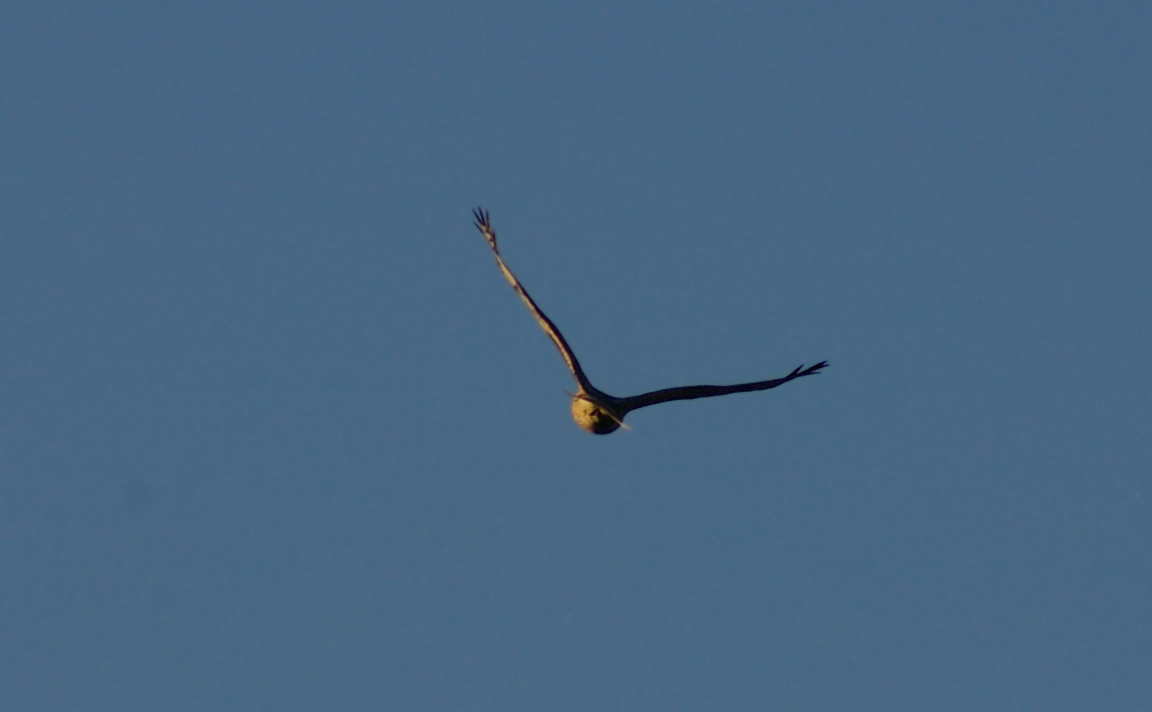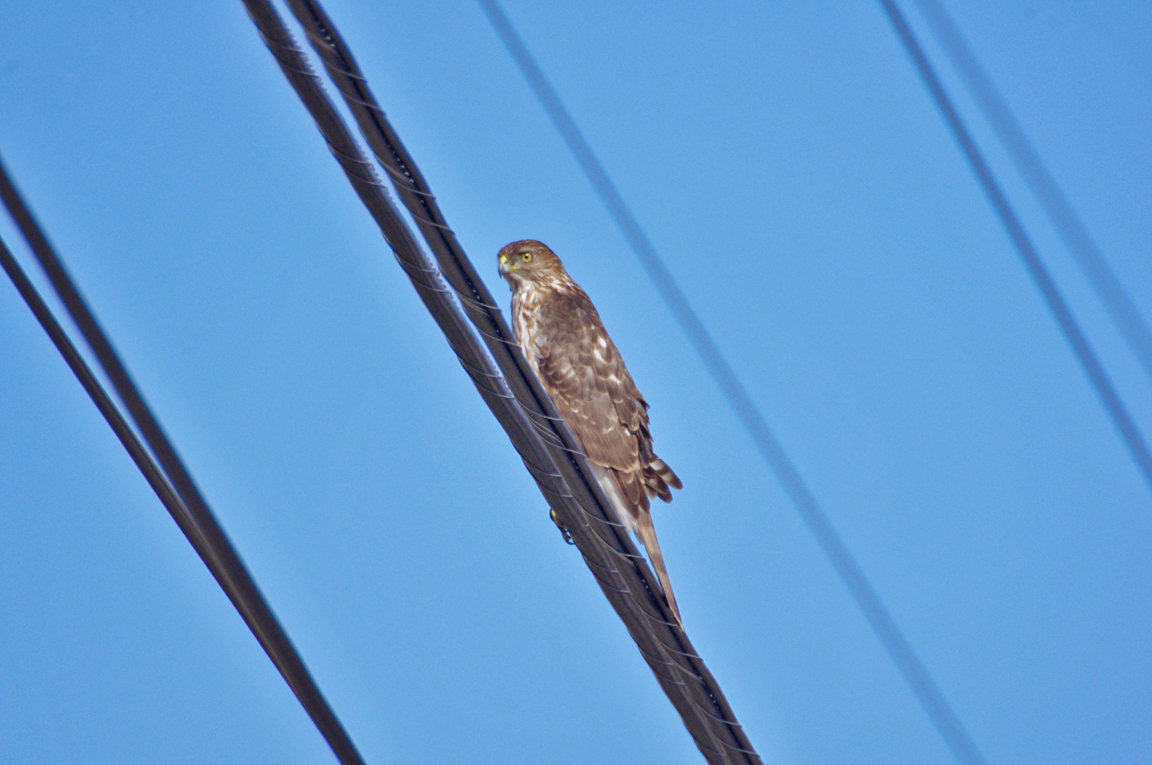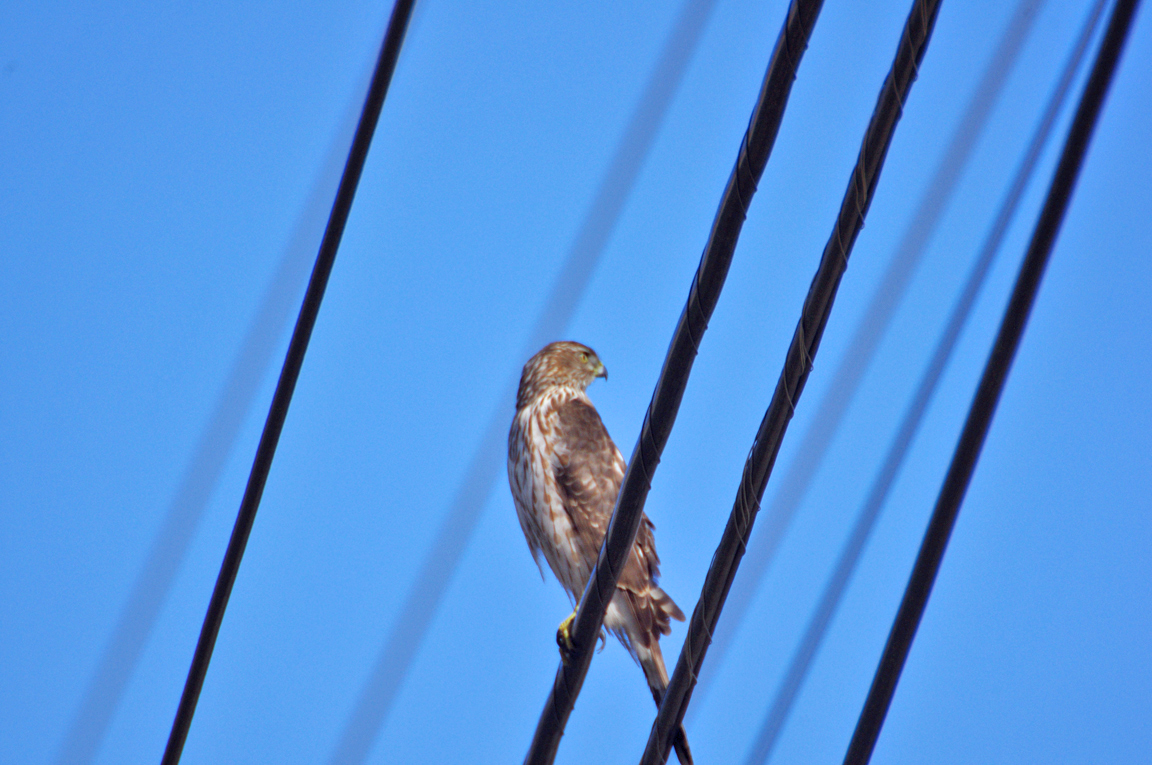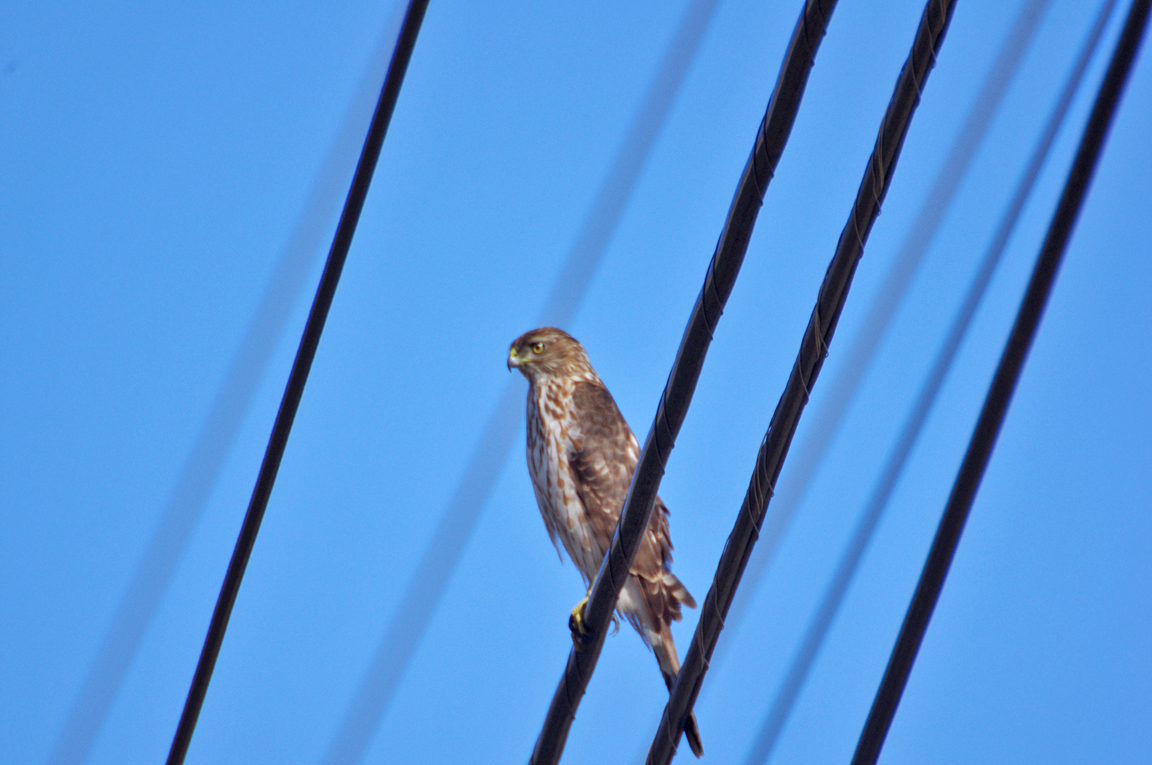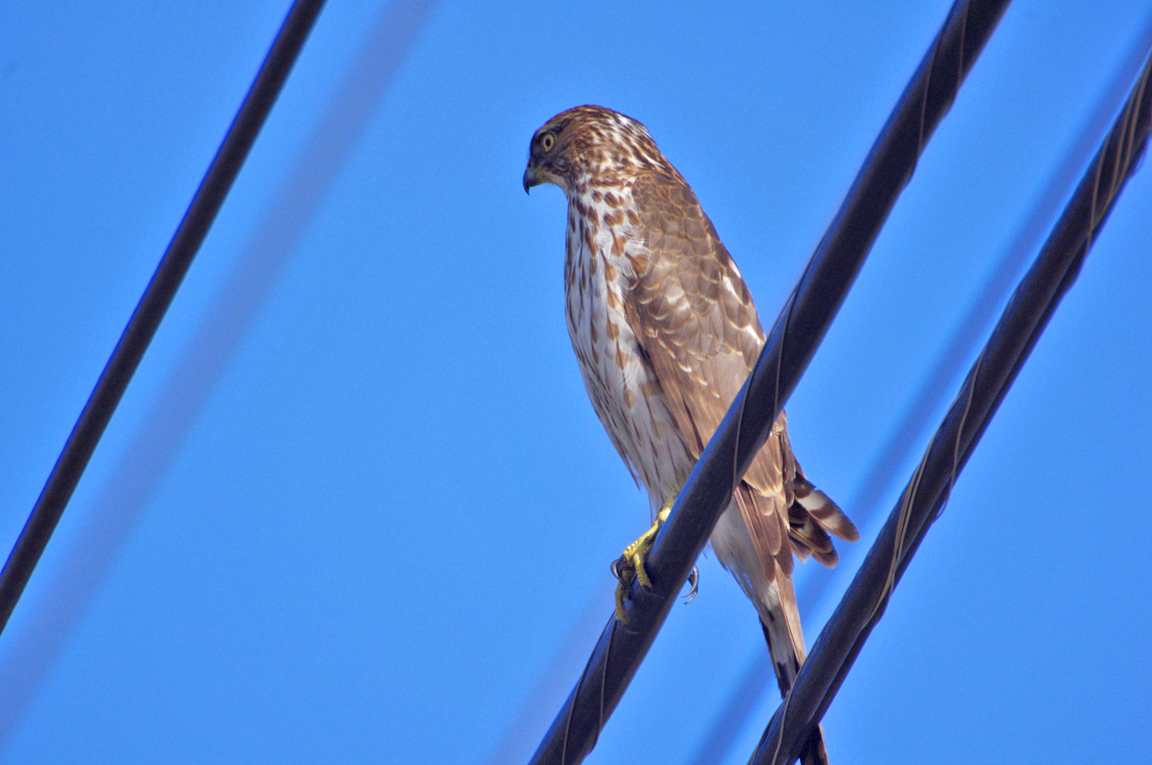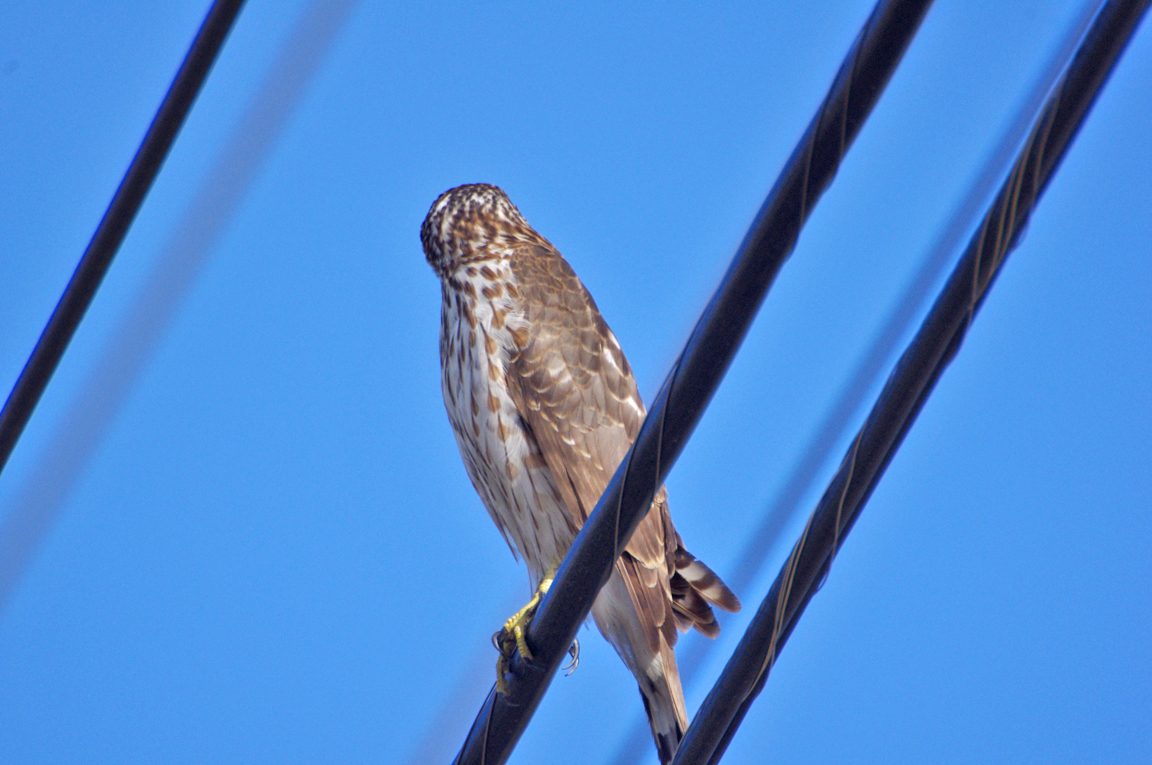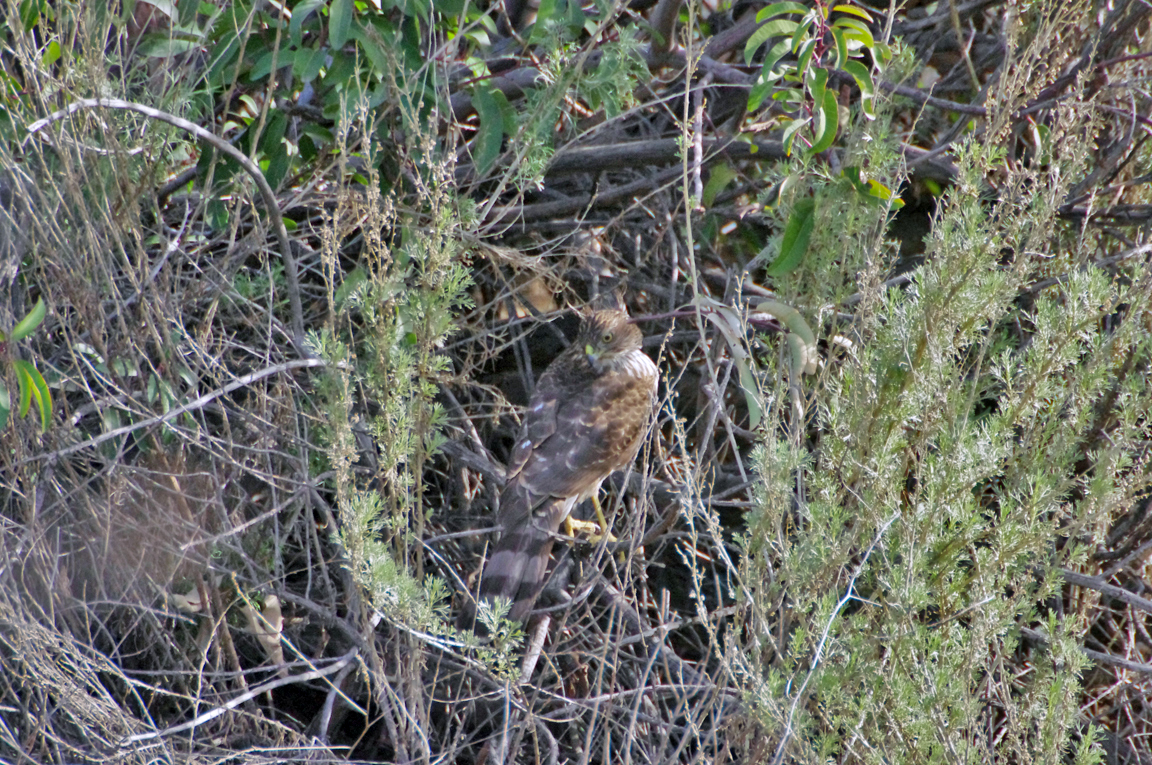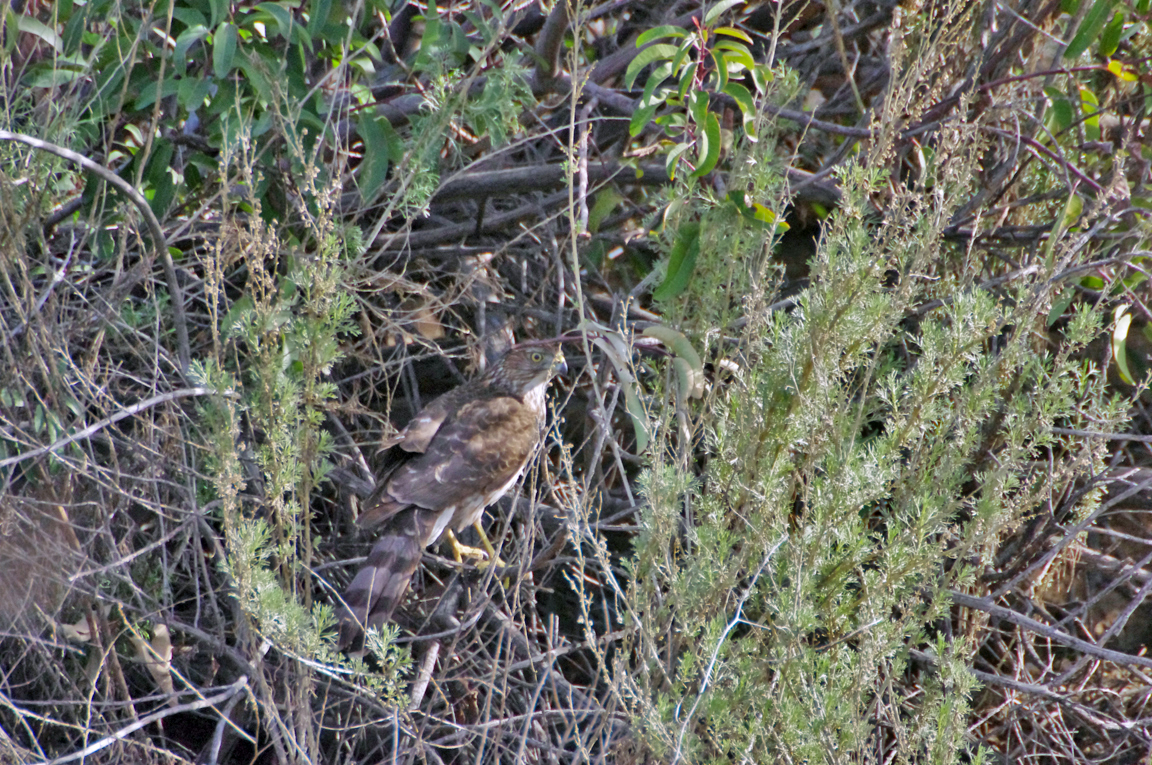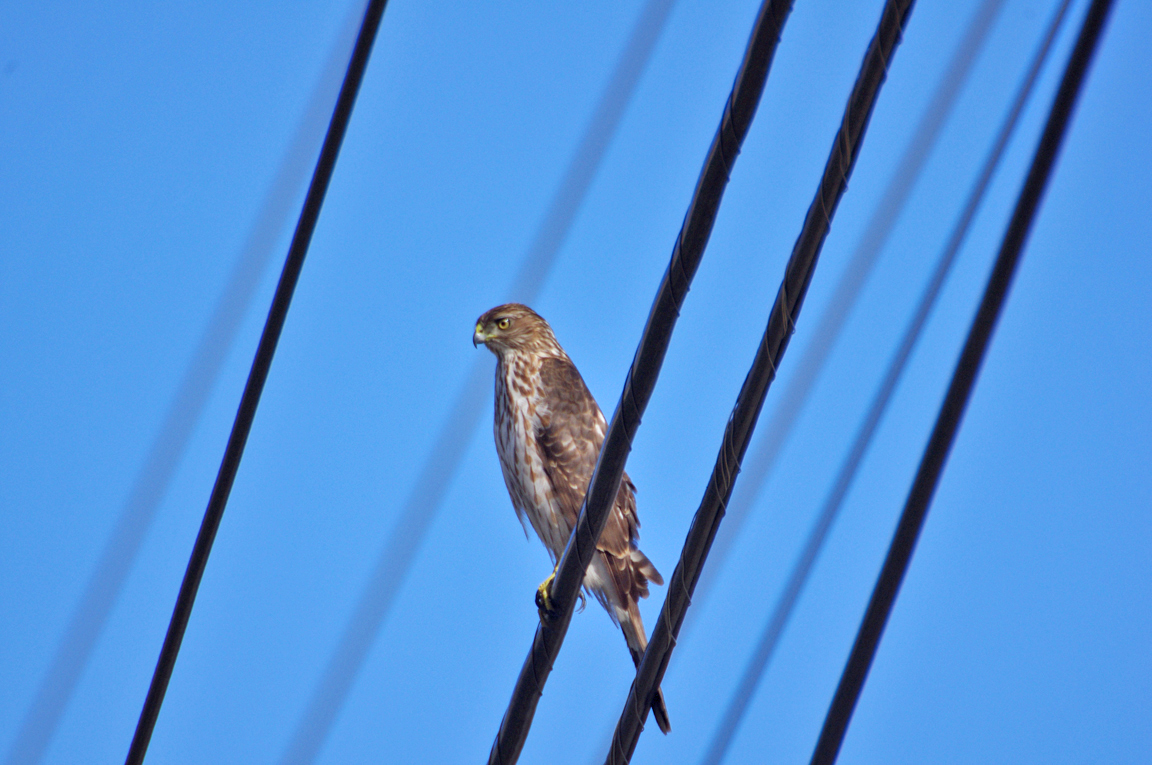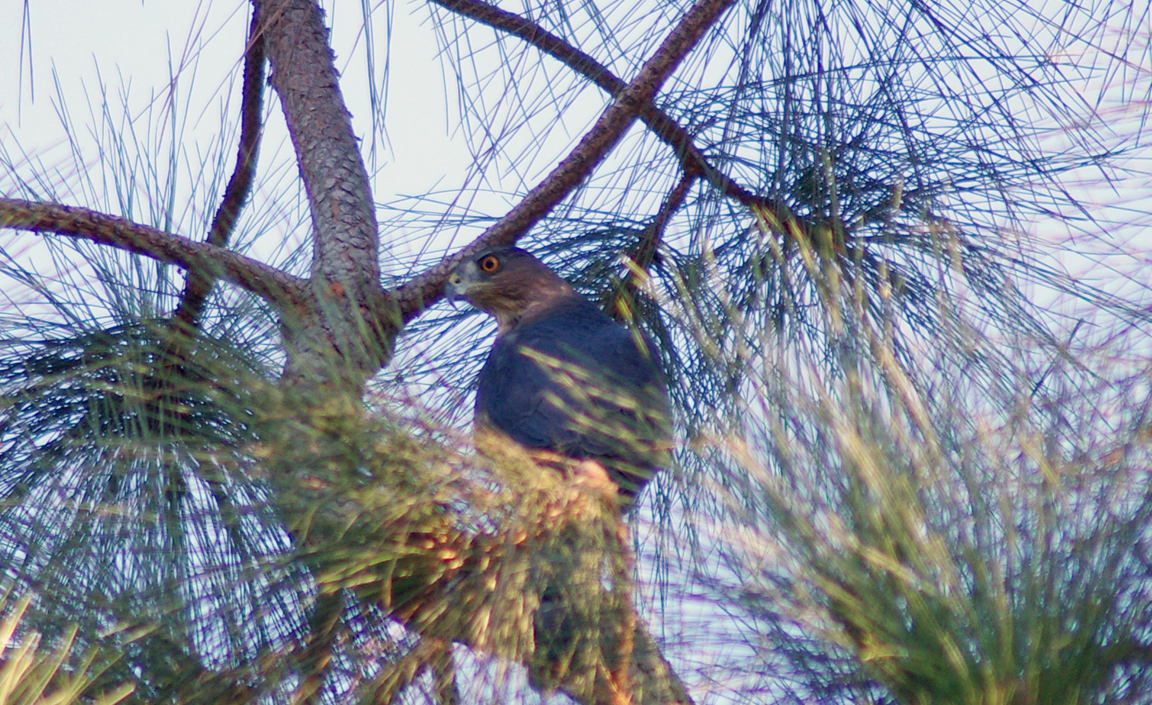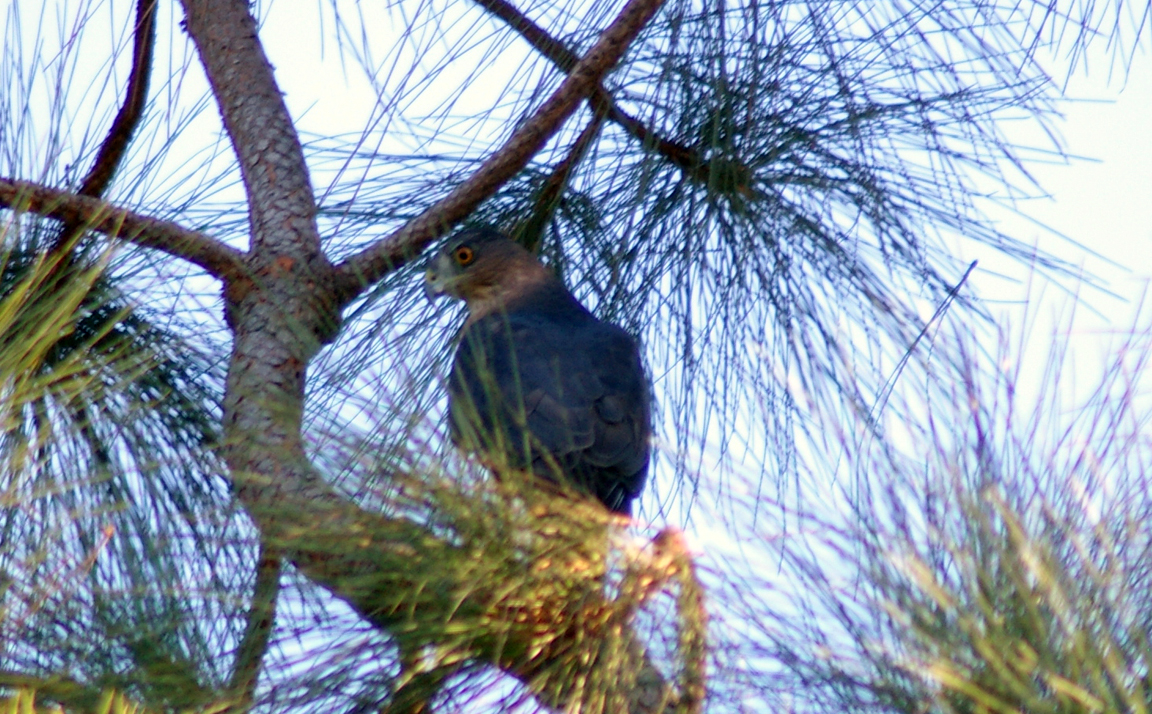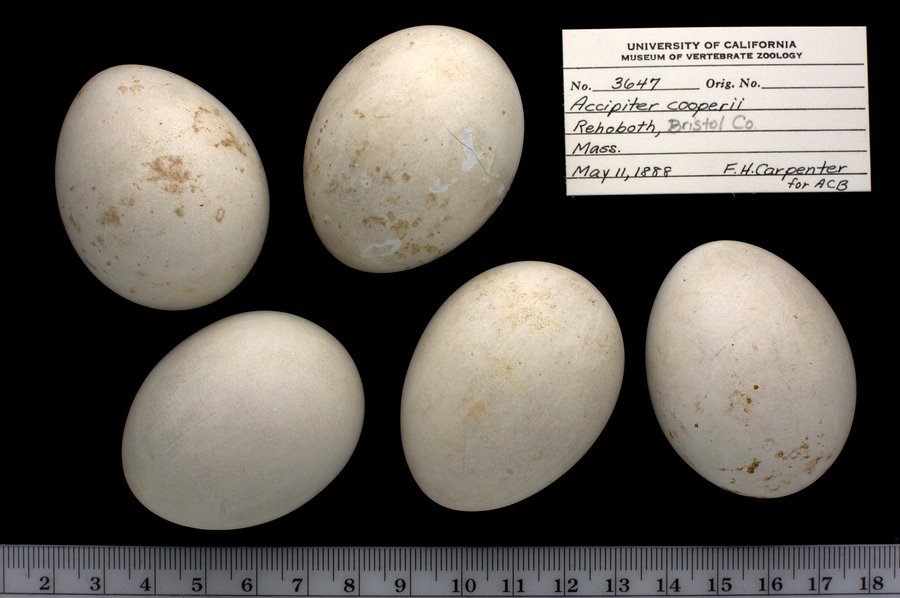|
|
|
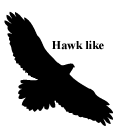 |
Cooper's Hawk
|
| Accipiter cooperii | |
A medium-sized hawk of the forest, the Cooper's Hawk specializes in eating birds. It is built for fast flight through the obstacle course of trees and limbs.
Interesting Information
-
Dashing through vegetation to catch birds is a rather dangerous lifestyle. A recent study found that 23 percent of all Cooper's Hawks examined had healed fractures in the bones of the chest, especially of the furcula or wishbone.
-
A Cooper's Hawk captures a bird with its feet, and will squeeze it repeatedly to kill it. It does not bite the prey to kill it in the fashion of falcons, but holds it away from its body until it dies. It has been known to drown its prey, holding a bird under water until it stops moving.
-
Large numbers of Cooper's Hawks can be seen on migration, especially at hawk watches such as Hawk Mountain, Pennsylvania; Cape May, New Jersey, Goshute Mountain Range, Nevada, or Braddock Bay, New York. Autumn movements generally begin in late August and continue through early November. Young Cooper's Hawks tend to migrate about a week earlier than adults, and females tend to go earlier than males by a few days.
Description
Adult Description
-
Size: 39-50 cm (15-20 in)
-
Wingspan: 62-90 cm (24-35 in)
-
Weight: 250-597 g (8.83-21.07 ounces)
-
Medium-sized hawk.
-
Tail long, rounded, and barred.
-
Wings short and rounded.
-
Back dark gray or gray-brown.
-
Underparts barred reddish and white.
-
Dark crown contrasts with nape.
-
Legs yellow.
-
Eyes orange or red.
-
Tail ends in white tail band.
Sex Differences
Sexes similar in plumage; female larger.
Immature
Juvenile brown on back and wings. Underparts with coarse brown streaks. Underwing white with dark brown barring. Eyes yellow.
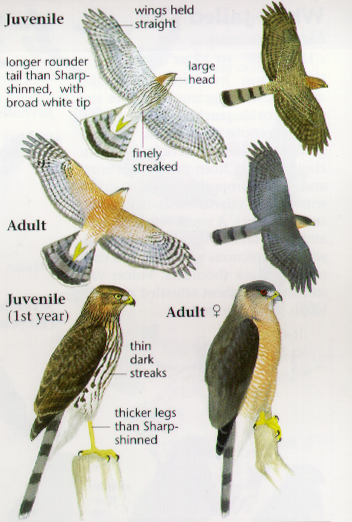
Photo taken from: The Sibley Field Guide by David Allen Sibley
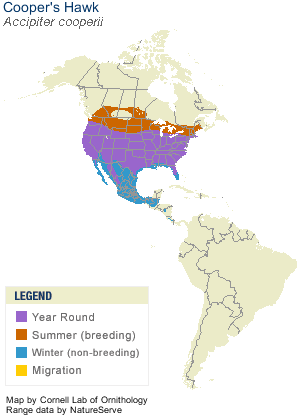
© 2003 Cornell Lab of Ornithology
|
Habitat |
|
Breeds in deciduous, mixed, and coniferous forests. Becoming more common in suburban and urban areas. |
|
Behavior |
|
Captures birds from low, stealthy approach-flight or after a short chase. Uses cover, including manmade structures, to conceal approach. In open areas may drop on prey from high flight. Captures birds at bird feeders. |
|
Food |
|
Medium-sized birds and mammals. |
Taxonomy
| Kingdom: | Animalia |
| Phylum: | Chordata |
| Subphylum: | Vertebrata |
| Class: | Aves |
| Order: | Accipitriformes |
| Family: | Accipitridae |
| Subfamily: | Accipitrinae |
| Genus: | Accipiter |
| Species: | Accipiter cooperii |
Similar Species |
|
|
Bird Sound |
|
Alarm call is a series of sharp "cak"s. |
|
Eggs look like this |
|
Photo taken from: ARCTOS Collaborative Collection Management Solution |
